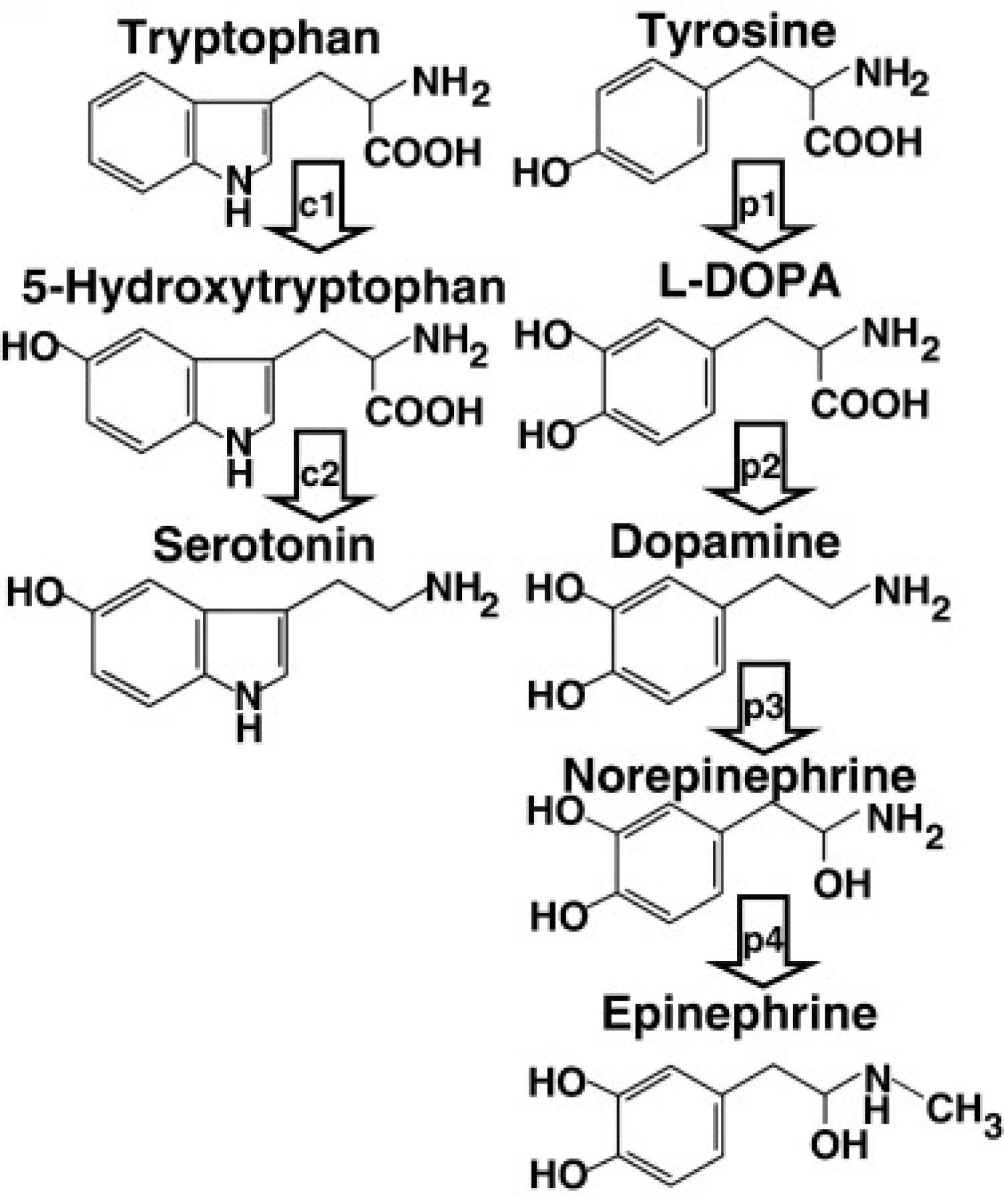
Pheochromocytomas/paragangliomas are rare tumors; most are sporadic. Biochemical proof of disease is better with measurement of plasma metanephrines and less cumbersome than determinations in urine; its implementation is expanding. Anatomical imaging with computed tomography or magnetic resonance imaging should be followed by functional (nuclear medicine) imaging: chromaffin tumor-specific methods are preferred. Treatment is surgical; for nonoperable disease other options are available. Overall 5-year survival is 50%.
Carcinoid tumors derive from serotonin-producing enterochromaffin cells in the fore-, mid- or hindgut. Biochemical screening (and follow-up) is done with measurements of 5-hydroxyindoloacetic acid in urine. For most carcinoids, functional imaging is better than other modalities in localizing primary tumors. Surgery is the treatment of choice; nonresectable tumors are treated with somatostatin analogs or chemotherapy. Overall 5-year survival for patients with carcinoids is 67%.
